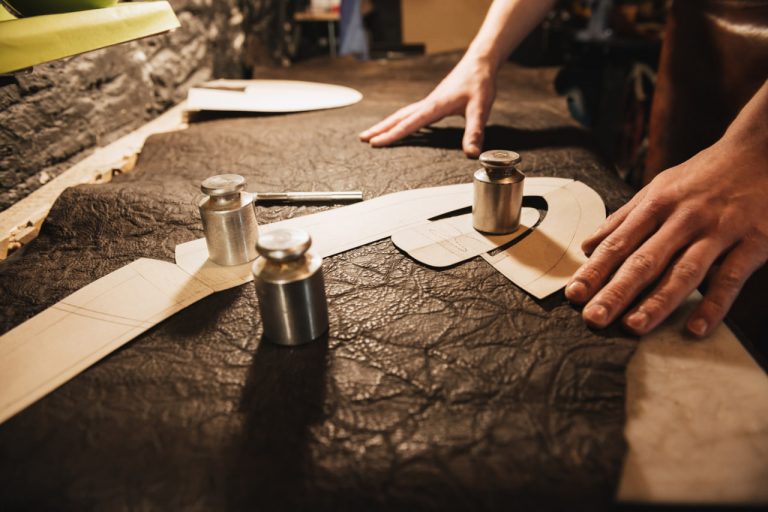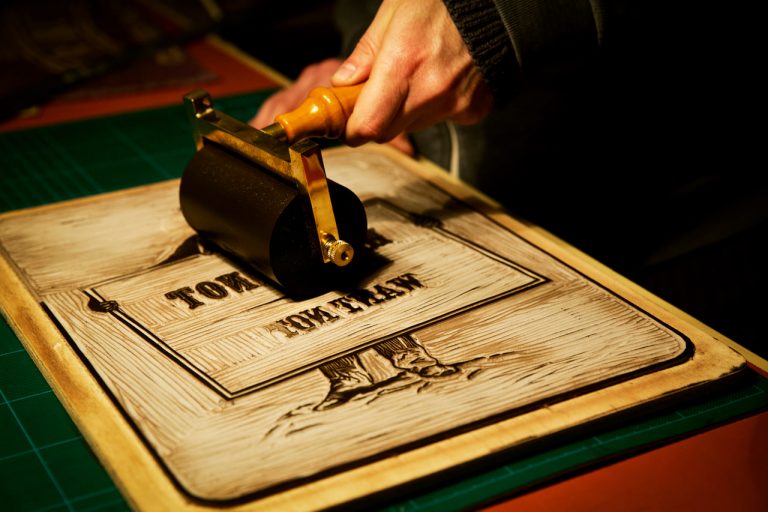Book Appointment Now

Techniques in Engraving: From Hand Tools to Modern Methods
Introduction to Engraving Techniques
Engraving is the art of carving or etching designs into surfaces, transforming materials into intricate works of art. This craft combines skill, precision, and creativity, allowing artisans to create detailed patterns, personalized designs, and decorative motifs. From traditional hand tools to modern technological methods, engraving techniques have evolved, offering a diverse range of possibilities for artists and craftsmen.
Traditional Hand Tool Engraving
Hand tool engraving is the foundation of the craft, requiring patience, dexterity, and a steady hand. Tools such as gravers, burins, chisels, and knives are used to carve fine lines, shapes, and textures into wood, leather, or metal. Each stroke is intentional, reflecting the artisan’s skill and vision. Hand engraving allows for expressive, unique designs, where subtle variations create character and depth that cannot be replicated by machines.
Techniques for Depth and Texture
Creating depth and texture is essential in engraving, as it enhances visual interest and brings designs to life. Methods include cross-hatching, stippling, and relief carving. Cross-hatching uses intersecting lines to create shading and dimension, while stippling employs tiny dots for texture and tonal variation. Relief carving involves removing background material to raise the design above the surface, producing a sculptural effect. Mastery of these techniques allows artisans to craft intricate and dynamic pieces.
Modern Engraving Tools and Technology
Technological advancements have expanded the possibilities of engraving. Rotary tools, laser engravers, and CNC machines enable precise and consistent results, especially for complex or repetitive patterns. Laser engraving uses focused light to etch designs with high accuracy, making it ideal for detailed logos, text, or intricate imagery. CNC machines allow computer-guided carving on wood, metal, or synthetic materials, combining speed with precision. These modern tools complement traditional methods, offering flexibility for artisans.
Combining Hand and Machine Techniques
Many contemporary artisans blend traditional handwork with modern technology to achieve unique results. Initial designs may be laser-engraved for accuracy, then refined and textured by hand to add character and depth. This combination preserves the authenticity and artistry of hand craftsmanship while benefiting from the efficiency and precision of modern tools. Integrating both approaches allows for greater creative freedom and high-quality finishes.
Engraving on Different Materials
Different materials require tailored techniques for optimal results. Wood responds well to hand tools and laser engraving, highlighting grain patterns and natural textures. Leather embossing and engraving create tactile and visually appealing designs that retain flexibility. Metal engraving demands sharp tools and controlled pressure, while modern methods like laser etching allow precise work on hard or reflective surfaces. Understanding material properties ensures that the technique enhances the design and maintains durability.
Design Considerations and Planning
Successful engraving begins with careful planning and design. Sketches, templates, or digital models guide the artisan in achieving accurate proportions, alignment, and visual balance. Considering the scale, complexity, and purpose of the piece helps determine whether hand tools, machines, or a combination will be used. Thoughtful planning ensures that the final design is both aesthetically pleasing and structurally sound.
Personalization and Artistic Expression
Engraving is a powerful way to personalize objects, from gifts and keepsakes to functional items and decorative pieces. Custom inscriptions, intricate patterns, and symbolic motifs add meaning and individuality to each creation. Handcrafted details infuse character, while modern methods allow for precise replication of personal designs. Both approaches provide opportunities for artistic expression and storytelling through material.
Maintenance of Engraved Items
Engraved objects require care to preserve their beauty and longevity. Wooden and leather items should be cleaned gently and protected from moisture, while metals may benefit from polishing and protective coatings. Proper maintenance ensures that intricate lines, textures, and details remain visible and prevents wear that can diminish the design over time.
The Future of Engraving
As technology continues to advance, engraving combines artistry with innovation. New tools and materials expand creative possibilities, while traditional techniques maintain the human touch that gives each piece personality and depth. By balancing precision, craftsmanship, and imagination, engraving continues to evolve as a versatile and expressive art form that honors both tradition and modern creativity.



